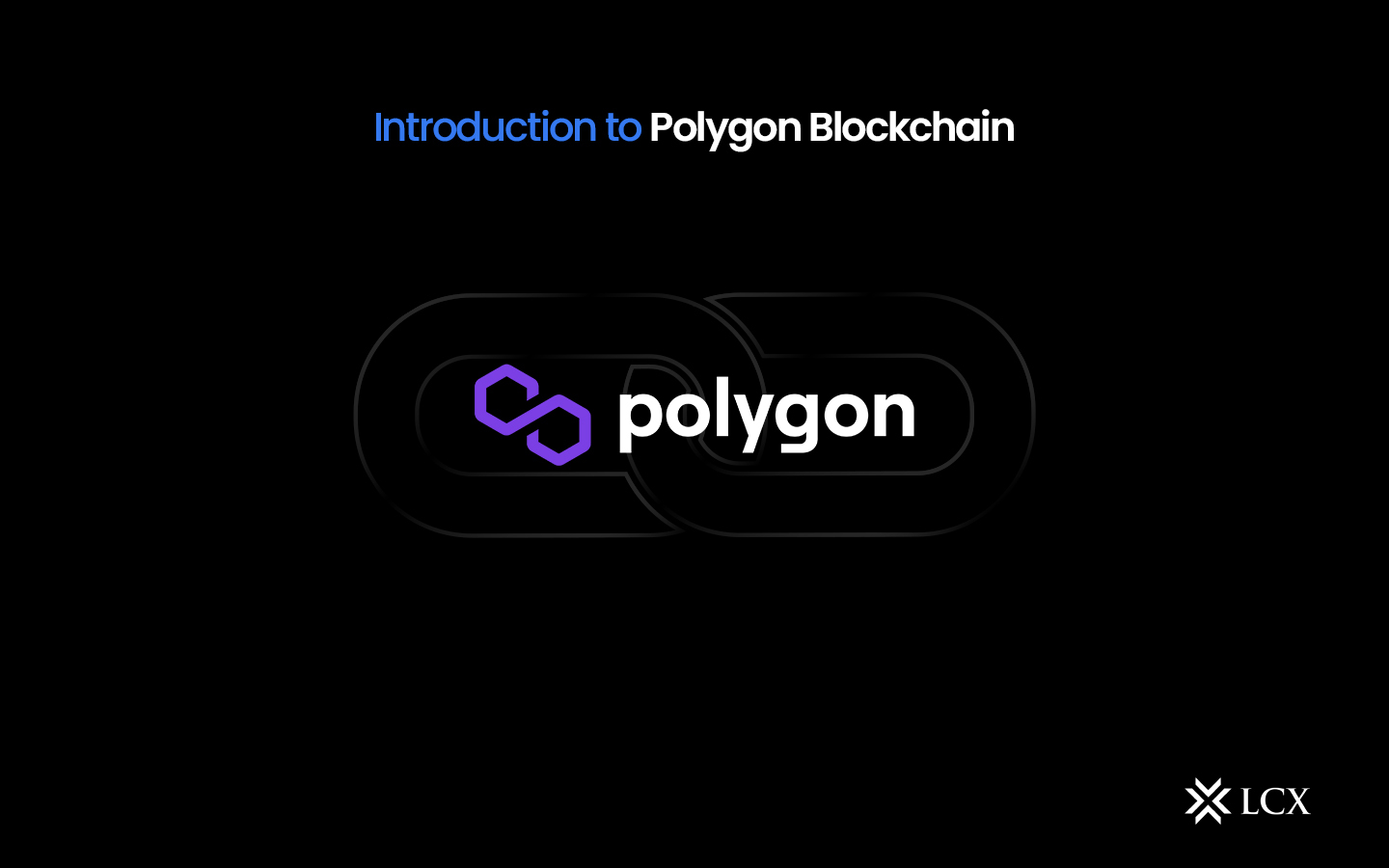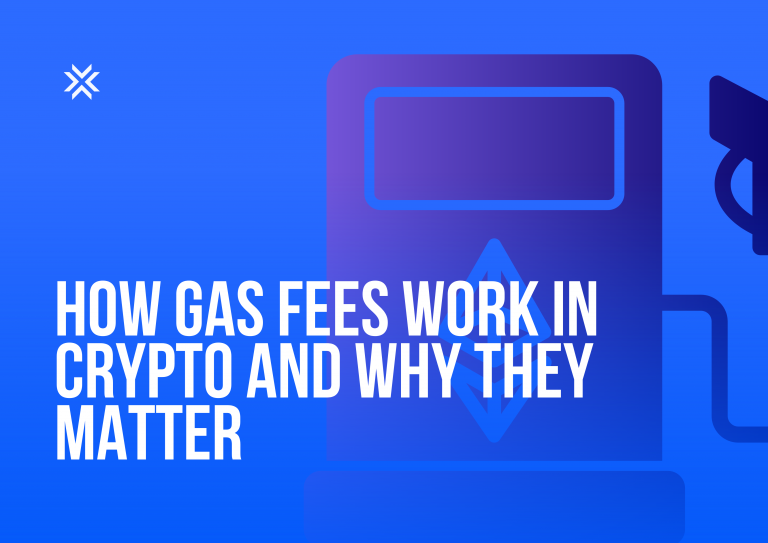Introduction To Polygon
Polygon, which was formerly known as the MATIC network, is an interchain scalability solution that provides an infrastructure for constructing interoperable blockchain networks. It aims to combine the adaptability and scalability of alternative blockchains with the security, liquidity, and interoperability of Ethereum. Ethereum (ETH) is the most widely used blockchain on the planet. After its launch in 2013, this open-source, decentralized blockchain rapidly attained widespread adoption. It offers smart contracts as a POS (Proof-of-Stake) framework.
However, the rapid adoption of Ethereum results in excessive costs, with exchange fees frequently exceeding the amount transferred. This is due to many Ethereum consumers utilizing the network, significantly reducing exchange scalability. In such situations, Polygon MATIC is used to resolve the problems. Polygon as a Layer-2 scaling solution, facilitates the creation of scalable decentralized applications (dApps) that prioritize performance, user experience (UX), and security in order to meet the diverse requirements of developers.
In a nutshell, Polygon presents itself as a layer-2 network, indicating that it functions as an add-on layer to Ethereum and does not seek to alter the original blockchain layer. Like its geometric namesake, Polygon has numerous sides, forms, and applications, and it promises a simplified framework for constructing interconnected networks.
Polygon endeavors to assist Ethereum in growing in size, security, efficiency, and utility and to encourage developers to bring more appealing products to market faster. Polygon accomplishes this largely as a result of the underlying technical architecture of its Proof-of-Stake (PoS) Commit Chain and More Viable Plasma (MoreVP) L2 scaling solution. Polygon’s Proof-of-Stake (PoS) blockchain acts as a Commit Chain to the Ethereum mainchain, attracting over eighty Ethereum decentralized applications (dApps) to its platform that can transact without the network congestion that is typical of Ethereum and other Proof-of-Work (PoW) blockchains.
Who Is Behind Polygon?
Polygon has firmly established itself as the most promising Ethereum scalability project to date, and its capable team has a huge role to play in the part. The team’s expertise continues to be the primary force behind Polygon’s expansion. Polygon was established in India in 2017 under the name Matic Network. Polygon was conceived by Ethereum developers Jaynti Kanani, Sandeep Nailwal, Anurag Arjun, and Mihailo Bjelic. Cofounder Jaynti Kanani is the current chief executive officer of Polygon.
The Matic Network went live in 2020 and has attracted some of the biggest names in decentralized finance, also known as DeFi, such as Decentraland and MakerDAO. The Matic Network changed its name to Polygon in February 2021. The Polygon team raised the equivalent of $5.6 million in ETH in April 2019 via the sale of 1.9 billion MATIC tokens over a rapid 20-day period.
How Does Polygon Work?
The Ethereum blockchain is limited in the number of transactions it can process per second. The throughput rate for the base layer is approximately 14 transactions per second. On Ethereum, each transaction incurs transaction costs known as gas fees. During times of high network congestion, gas fees increase, and Ethereum gas fees can rapidly surpass $50 to $80. This is a significant problem. Ethereum is inaccessible to the vast majority of consumers due to the requirement to pay more than $50 per transaction. Additionally, network congestion slows the Ethereum blockchain, discouraging users from utilizing smart contracts on the blockchain.
So, how does Polygon reduce the price? Scaling solutions such as Polygon conduct transactions on side chains to reduce gas costs. Polygon is capable of processing up to 65,000 transactions per second, whereas Ethereum is limited to 17 transactions per second. Moreover, Polygon can offer these fees to consumers for pennies. In comparison, Ethereum’s average transaction fee is approximately $15 per transaction. Since Polygon is comprised of multiple protocols, including the zero-knowledge (zk) proof variant, users can select the optimal scaling method for their needs.
What Is The Polygon Matic Token Used For?
The MATIC token is Polygon’s native cryptocurrency. It is the fundamental resource of the Polygon system. The PoS consensus mechanism powers polygon plasma chains. MATIC will be used to pay for all plasma chain transactions. Consequently, the greater the number of initiatives that utilize Polygon as a scaling solution, the greater the demand for MATIC. In addition, MATIC functions as a governance token by allowing its holders to vote on which of the multiple planned scaling solutions should be implemented.
The MATIC token has a covered supply of 10 billion tokens, with a current supply of approximately 5 billion in circulation. The MATIC token is available on the LCX Exchange in two pairs:
MATIC/LCX: https://exchange.lcx.com/trade/MATIC-LCX
MATIC/EUR: https://exchange.lcx.com/trade/MATIC-EUR
LCX Announces Polygon Integration
LCX integrated Polygon, a leading Ethereum scaling solution, into our ecosystem. This exciting development marks a significant milestone in our mission to provide users with a comprehensive and user-friendly crypto experience.
Read: https://www.lcx.com/lcx-announces-polygon-integration/
Conclusion
Polygon has emerged as a transformative force in the blockchain industry, propelling the growth of decentralized finance and opening up new avenues for innovation. Its scalability, interoperability, and eco-friendly consensus mechanism position it as a promising solution for developers and businesses alike. As the world moves towards a decentralized future, Polygon’s impact on the financial landscape and beyond cannot be overstated. By embracing this revolutionary technology, investors can unlock unprecedented efficiency, transparency, and accessibility, paving the way for a more inclusive and decentralized global economy.










